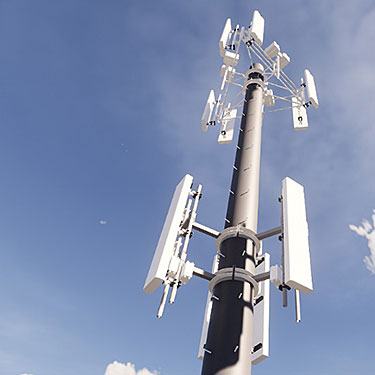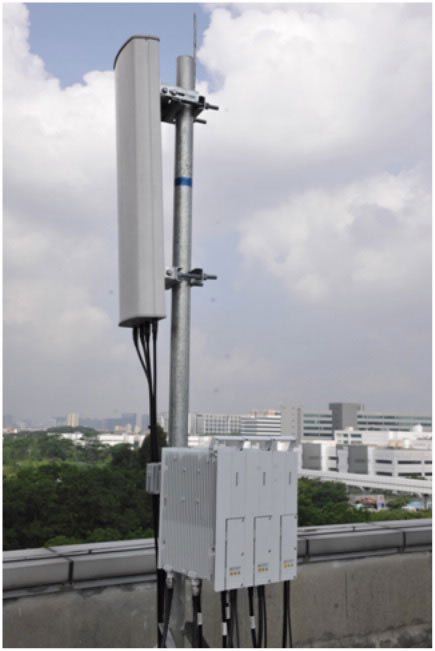Blog
General Requirements for Draft Site Layout (DSL) Drawings in Telecom

Explore the essential requirements for creating effective Draft Site Layout (DSL) drawings in telecom projects. Learn about key components, best practices, and compliance guidelines.
Introduction: Draft Site Layout (DSL) drawings are a critical element in the planning and execution of telecom projects. These preliminary layouts provide a visual representation of the site’s infrastructure, ensuring efficient use of space and resources. In this guide, we’ll outline the general requirements for DSL drawings, including key components, best practices, and compliance guidelines.
Key Components of DSL Drawings
- Site Survey Data:
- Geographical Information: Include topographical data and site-specific conditions.
- Accessibility: Plan for access points for maintenance and operations.
- Equipment Placement:
- Antennas and Towers: Positioning of antennas, towers, and other critical telecom equipment.
- Power Supply Units: Placement of power generators, batteries, and backup systems.
- Cabling and Wiring:
- Cable Routes: Designate routes for electrical and communication cabling.
- Connectivity: Ensure proper connections between different site components.
- Safety and Compliance:
- Safety Zones: Define safety areas and secure perimeters around the site.
- Regulatory Adherence: Ensure the layout meets all local and national regulations.
- Future Expansion:
- Scalability: Plan for potential future expansions or technological upgrades.
Best Practices for Creating DSL Drawings
- Conduct Thorough Site Surveys:
- Gather comprehensive geographical and environmental data to inform the layout design.
- Use Advanced Design Tools:
- Leverage CAD software and other advanced tools to create detailed and precise layouts.
- Collaborate with Stakeholders:
- Work closely with engineers, architects, and regulatory bodies to ensure all requirements are met.
- Regular Reviews and Updates:
- Continuously review and update the layout to incorporate changes and improvements as needed.
- Consider Environmental Impact:
- Design the layout with environmental considerations in mind, minimizing negative impacts on the surrounding area.
Compliance Guidelines
- Regulatory Standards:
- Adhere to all relevant local and national regulations governing telecom site design.
- Safety Protocols:
- Implement safety features and protocols to protect workers and the public.
- Documentation:
- Maintain detailed documentation of the layout design process, including any changes or updates.
- Permits and Approvals:
- Secure all necessary permits and approvals from regulatory authorities before proceeding with installation.
Conclusion: Creating effective DSL drawings is essential for the successful planning and execution of telecom projects. By following the key components, best practices, and compliance guidelines outlined in this guide, you can ensure efficient, safe, and compliant site layouts.





